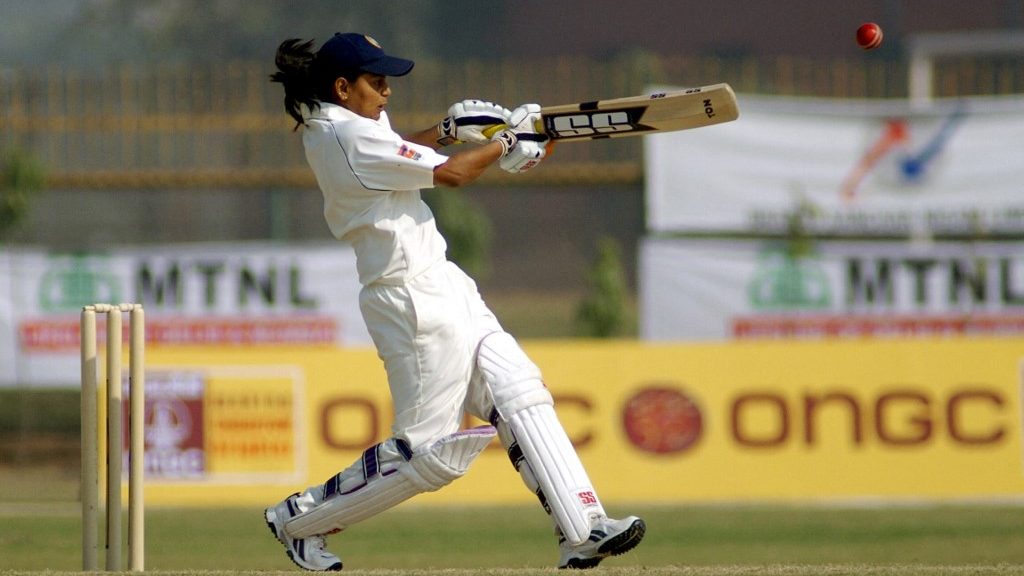Here’s why Test cricket should be a prominent fixture in Women’s cricket

The debate of which format is the best in cricket can never end in an objective answer as likings and choices of each vary. But seldom are cricketers in doubt when asked about the format they want to play. Test cricket remains the pinnacle of cricket.
Cricket has largely been a male-dominated sport. The need for uplifting women’s game has been on the agenda of the ICC and respective national boards, however, a lot is left to be desired. Indian women are set to play a Test against England at Bristol next month, which will be followed by their first-ever day-night Test, scheduled against Australia in September.
I’m glad to receive my team jersey from the two legends of the women’s cricket❤️ @M_Raj03 @JhulanG10
Feeling blessed and motivated for the upcoming tour.??? pic.twitter.com/YITeVrOZXq— Deepti Sharma (@Deepti_Sharma06) May 30, 2021
Lack of opportunities
While these moves highlight that Test cricket for women is a discussion inside the board rooms, the stark contrast between opportunities for men and women cannot be denied. For instance, the Test against England will be Indian women’s first Test since 2014. On the contrary, the men’s team played six Tests in only the first four months of 2021.
While talking about the opportunity of playing a Test, India’s opening batter Smriti Mandhana said. “When we got to know of the first Test, against England, the whole team was really excited. We all were looking forward to it. The last Test match I was part of was in 2014, so it’s been quite a long time, we haven’t gone out in whites, so that excitement of playing a Test match after nearly seven years was on another level.”
As much as her statement leaves one with a sense of satisfaction, it highlights the state of affairs of the women’s game. There are arguments around broadcaster revenues, making the sport global, lack of time, and plenty more that goes against Test cricket. Many also argue that the women cricketers might not be able to engage the crowd and play to the ‘standard’ that Test cricket demands.
Even if that is true, the only way to change it remains to give them opportunities to play. How would they improve? Unlike the men’s game, Test cricket is not the norm for women. The standard of cricket has been set by men, who play Test cricket day in and day out. For women to target that, they need more chances more frequently. They lag not because they cannot attain the standard, but because they have not been allowed to attain that. It is high time they are given their due.
